In this guide, “How to Choose the Right Exercise Routine for Beginners,” we understand that embarking on a fitness journey can feel daunting. Our aim is to break down the process into manageable steps, allowing newcomers to easily identify their specific fitness goals, evaluate their current physical condition, and discover engaging exercises that not only suit their preferences but also promote effective results. With this structured approach, beginners will gain the confidence needed to develop a sustainable and enjoyable exercise routine.

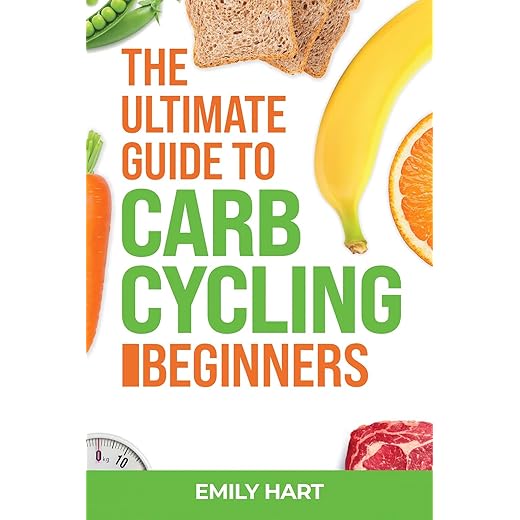
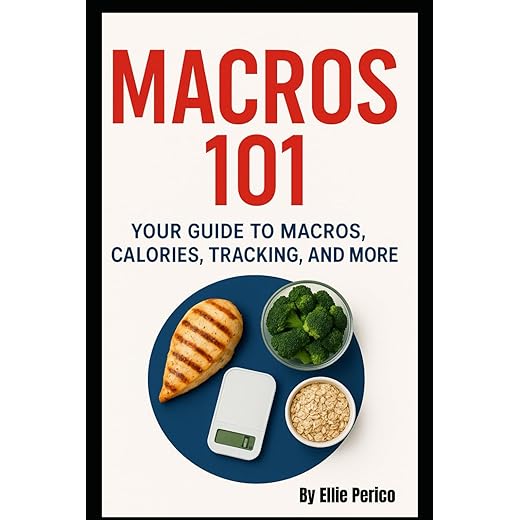
Identify Your Fitness Goals
Identify what you want to achieve with your exercise routine. Think about what motivates you and what changes you wish to see. Common goals include:
Write these goals down and make them specific and measurable. For example, instead of saying “I want to lose weight,” declare “I want to lose 10 pounds in the next 3 months.” Review your goals regularly and adjust them as necessary. Having clear objectives will help you select exercises that align with what you want to achieve and keep you motivated throughout your fitness journey.



Assess Your Current Fitness Level
Evaluate your current physical condition by taking a moment to reflect on your exercise history. Consider how long you have been active, the types of workouts you enjoy, and any structured training programs you’ve followed. Make note of how often you engage in physical activity each week. Next, assess any existing health concerns that may affect your abilities. This includes injuries, chronic conditions, or surgeries that could impact your exercise routine. Keep this information in mind as you think about how to build your fitness journey.
Determine your physical capabilities by performing a simple self-assessment. Identify your strengths, such as endurance, strength, flexibility, or balance, and be honest about areas where you may struggle. If you’re unsure, you can try basic exercises like push-ups, squats, or a short run to gauge your level. Document everything, creating a clear picture of where you are now. This comprehensive assessment will guide you in setting realistic goals and choosing an appropriate starting point for your fitness plan.
Choose the Type of Exercise
Explore various exercise types to find what excites you. Consider the following options:
Identify what resonates with you based on your interests and lifestyle. Try different classes or tutorials to discover what feels enjoyable, and don’t hesitate to mix and match until you find your perfect routine. Staying motivated and engaged is key, so choose workouts that make you feel good!
Create a Balanced Routine
Start by assessing your current fitness level and consider your health goals. Choose at least three days dedicated to cardiovascular exercises, such as running, cycling, or brisk walking. Aim for 30 to 60 minutes on these days. Select two days for strength training, focusing on different muscle groups like legs, arms, and core. Incorporate bodyweight exercises like push-ups and squats or use weights, targeting 30 to 45 minutes in each session.
Include two flexibility and recovery sessions during the week. Engage in activities like yoga or stretching for about 20 to 30 minutes to enhance your range of motion and promote relaxation. Spread these workouts throughout the week, ensuring you allow for rest days, especially after intense cardio or strength training sessions. Keep it diverse to avoid monotony and encourage consistency in your routine, ensuring that your body receives a balanced challenge.
Start Slowly and Progress Gradually
Start by incorporating shorter durations and lower intensities into your workout routine. Aim for 15 to 20 minutes of light exercise, such as walking, jogging, or cycling, to allow your body to adjust without risking injury. Focus on maintaining good form and a comfortable pace, as this will help build a solid foundation for your future training.
Gradually increase the duration, frequency, and intensity of your workouts as you notice improvements in your fitness level. Once you feel comfortable with the initial duration, add 5 minutes to your sessions every week or two. Consider increasing the frequency by adding an extra workout day, and when you feel ready, amp up the intensity by incorporating interval training or increasing your workout pace. This progressive approach will help you develop strength and endurance safely while minimizing the risk of burnout or injury.
Listen to Your Body
Listen carefully to your body as you embark on a new fitness routine. Notice how you feel during and after your workouts, and take mental notes on your energy levels and any discomfort you experience. Recognize that slight muscle soreness is normal, but if you encounter persistent pain or excessive fatigue, it’s crucial to take action.
By keeping these considerations in mind, you can create a workout routine that not only challenges you but also supports your body’s unique needs.
Stay Consistent and Motivated
Establish a routine that fits your lifestyle. Assess your daily schedule and identify the best times for exercise. Whether it’s early morning, during lunch breaks, or after work, find a slot that you can consistently dedicate to your workouts. Create a weekly plan that includes specific days and durations for physical activity, ensuring it complements your other responsibilities. Write down your schedule and place it somewhere visible to remind you of your commitments.
Consider working out with a friend. Partnering up boosts motivation and makes exercise more enjoyable. Set specific workout dates and times together, making each session a social outing as well as a healthy choice. Join classes in your area if you thrive in a group setting. This adds variety to your routine and introduces accountability, as you’re less likely to skip if others are counting on you. Setting small, achievable goals also enhances your motivation. Break down larger objectives into manageable milestones, celebrating each achievement along the way. This approach keeps your journey exciting and provides a sense of accomplishment that drives you to continue.
Making the Best Choice
In conclusion, selecting the right exercise routine as a beginner is all about finding what resonates with you and fits into your lifestyle. By considering your personal goals, assessing your fitness level, and exploring different activities, you can create a routine that not only challenges you but also keeps you engaged. Remember, consistency is crucial to your progress, so choose activities that you genuinely enjoy. Embrace the journey, celebrate your achievements, and watch as you grow stronger and more confident in your fitness journey!
Essential Gear Needed
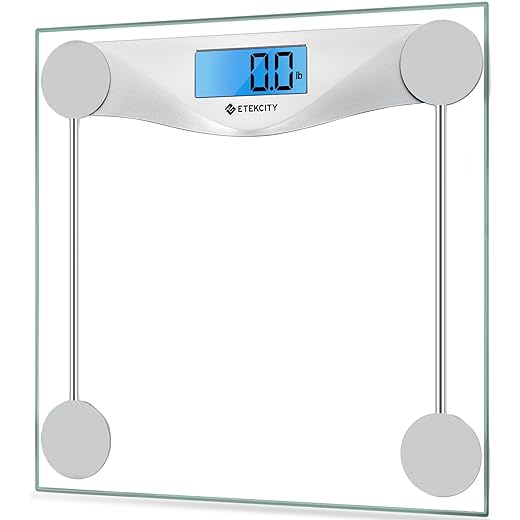




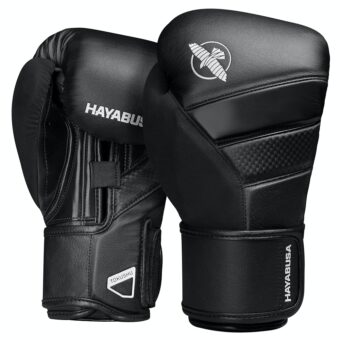

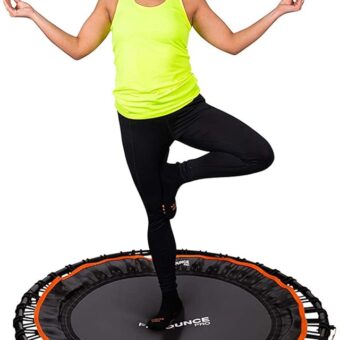
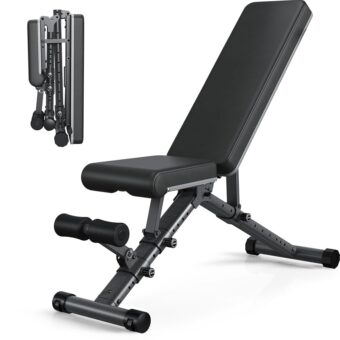
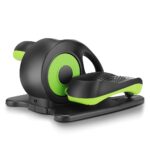









I totally agree with step 1 about identifying your fitness goals! When I started my journey, I just wanted to lose some weight, but then I realized I also wanted to build strength. So, I set specific goals like doing 10 push-ups and running a mile without stopping. It really helped me stay focused! Anyone else have similar experiences? What goals did you set?
For those just starting out, don’t forget about nutrition! I found a lot of value in using apps like MyFitnessPal to track what I eat. It’s super helpful to see how your nutrition aligns with your fitness goals. Reading books like ‘The New Rules of Lifting’ also really opened my eyes to how exercise and diet work together. Anyone else have some go-to resources?
Great tips! Nutrition plays a huge role in fitness, and tracking it can really make a difference. ‘The New Rules of Lifting’ is a solid resource. Thanks for sharing! If anyone else has recommendations, feel free to jump in!
I’m a bit confused about step 4, creating a balanced routine. How do you figure out the right mix of cardio, strength training, and flexibility exercises? I definitely want to avoid overdoing it in one area and neglecting others. Can someone share tips or examples of what their balanced routine looks like?
Great question! A balanced routine typically includes a mix of cardio, strength training, and flexibility. A common approach is to do strength training 2-3 times a week, cardio 2-3 times a week, and include flexibility exercises like yoga or stretching on your off days. A sample week could look like Monday for strength, Wednesday for cardio, and stretching on Tuesday and Thursday. Feel free to adjust based on what feels right for you!
Thanks for sharing! Setting specific and achievable goals can really keep you motivated. It’s awesome to hear how you expanded your goals beyond just weight loss. It’s a great reminder that fitness has multiple dimensions! Keep us updated on your progress!